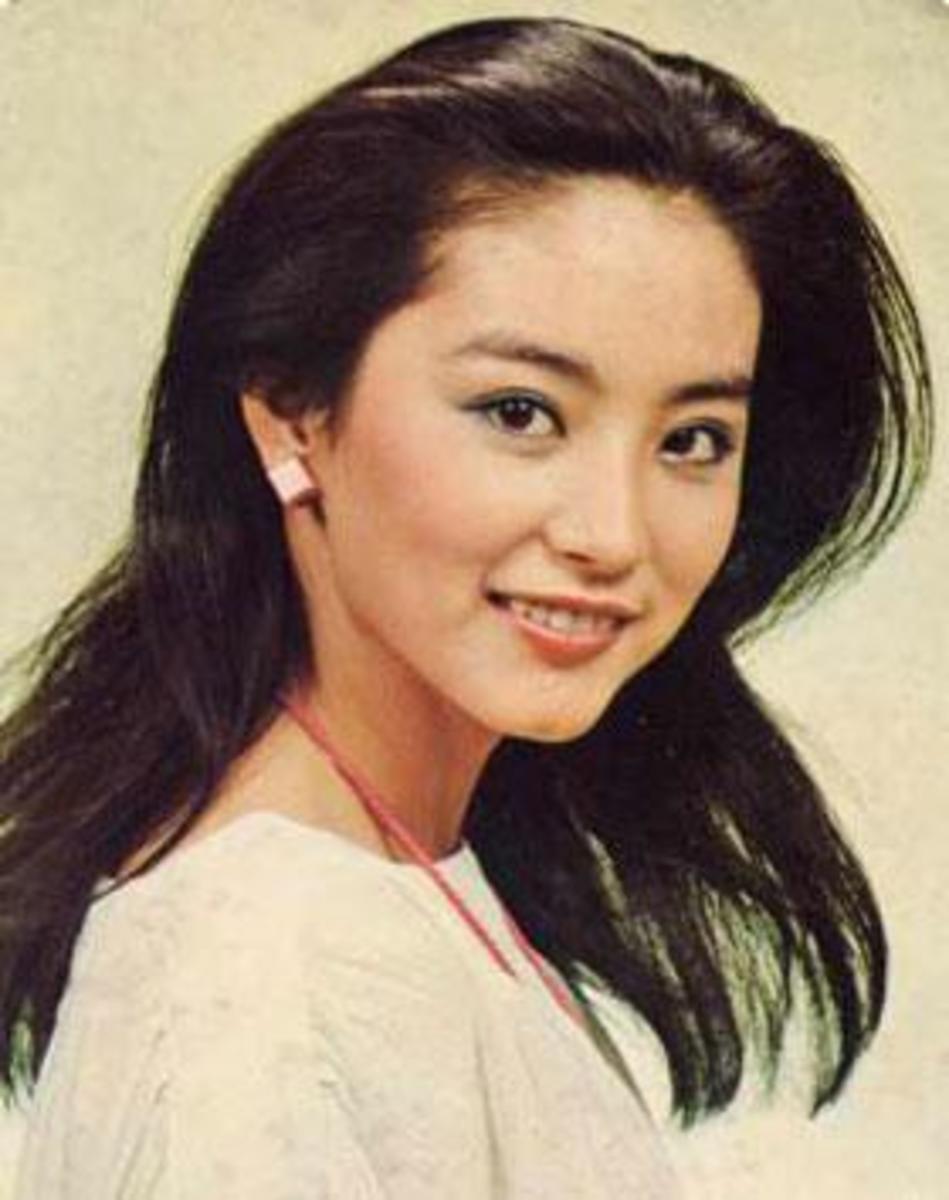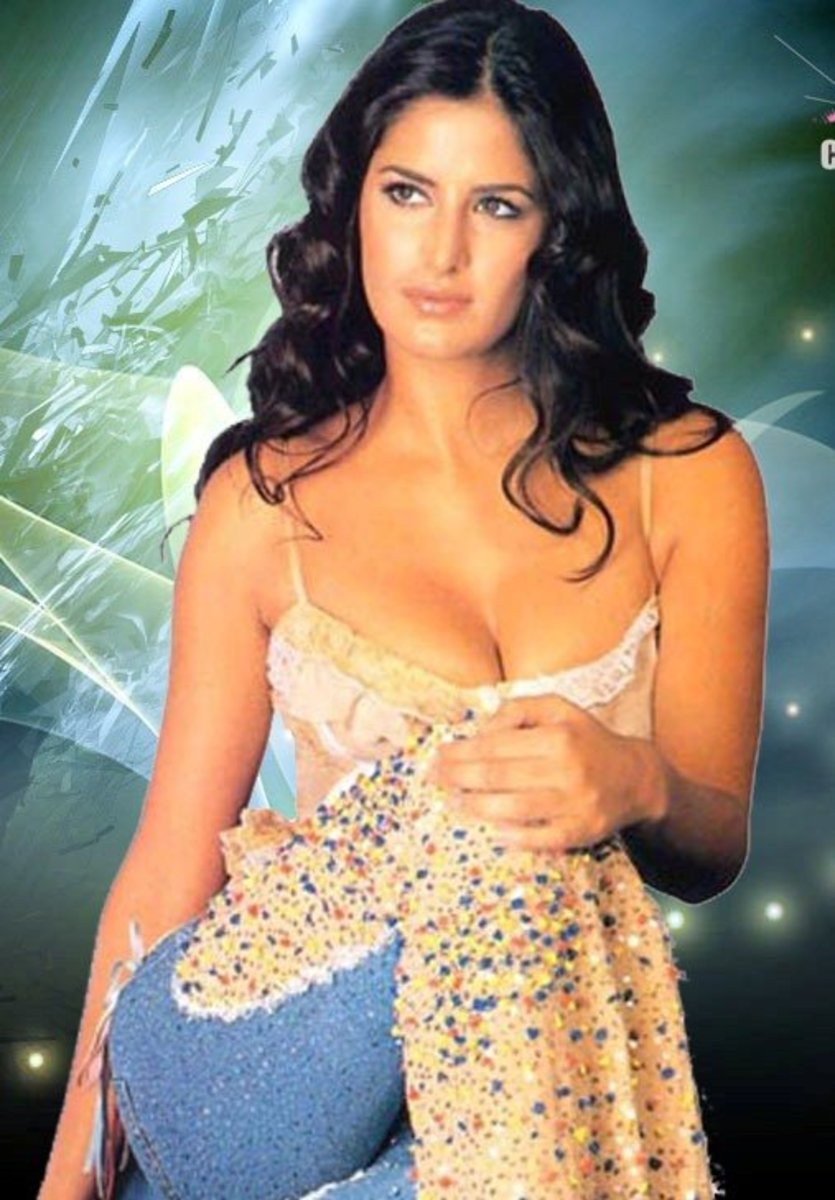The Best Three Photography Landscape Filters
Polarizing effect
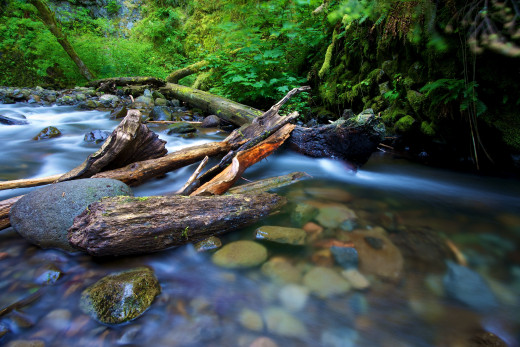
There are a lot of photographers who continually capture beautiful landscapes and they are nothing short of breathtaking and many of these props often accomplish such amazingly nice results because they pay attention to the scene, compose the image well and know when a filter can enhance the effect of make the scene that much nicer.
These photographers rarely go out into the field without some filters and most of the time their filters basically add up to three main ones, each for a different effect.
1. Polarizing filter: This filter basically eliminates all reflections whether they are found on water, on glass, rocks and even from the sky. You have often looked at the afternoon sky and noticed how much glare or "haze" is present making the scene unusable.
"A polarizing filter or polarising filter is often placed in front of the camera lens in photography in order to darken skies, manage reflections, or suppress glare from the surface of lakes or sea. Since reflections (and sky-light) tend to be at least partially linearly-polarized, a linear polarizer can be used to change the balance of the light in the photograph." WIkipedia
These filters will get rid of any glare much like the top of the line sunglasses which feature these same polarizing elements.
Can you do this on Photoshop? Neither Photoshop or other digital editing software can get rid of reflections without having a major effect on the original.
Neutral density filter
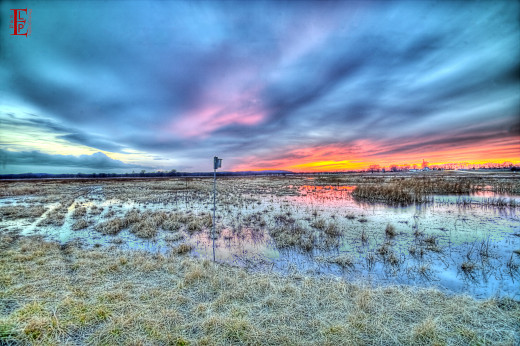
2. Neutral Density filters: These filters "extend" the time needed to capture a good image when the shutter speed alone will not suffice.
"In photography and optics, a neutral density filter or ND filter is a filter that reduces or modifies the intensity of all wavelengths or colors of light equally, giving no changes in hue of color rendition. It can be a colorless (clear) or grey filter. The purpose of a standard photographic neutral-density filter is to reduce the amount of light entering the lens. Doing so allows the photographer to select combinations of aperture, exposure time and sensor sensitivity which would otherwise produce overexposed pictures." Wikipedia
As it allows less light to hit the lens it allows for the photographer to get really creative and obtain results that would not otherwise be possible without them.
They are great for getting shots of moving water when you basically want to "slow" the movement" and by doing so it allows moving water to look like a slow moving "cloud" or mist. Often giving the appearance of dreaminess and calmness.
Be aware that they come in ranges from 1 to 10 and the higher the number the darker its is thus the less light it will allow to hit the lens.
3. Graduated Neutral Density filters are those that are darker or sometimes colorized in a portion of it like the top half. They are mainly used to reduce light to one portion of the scene while leaving the rest of the scene as is.
They are great for shooting landscapes where the sky is prevalent thus allowing for more detail to become visible in the clouds.
Some are specially made for just shooting sunsets and dawns where the horizon is the brightest part of the scene.
So instead of capturing a silhouette you can capture the entire breadth of colors in the whole scene.
Graduated neutral density filter
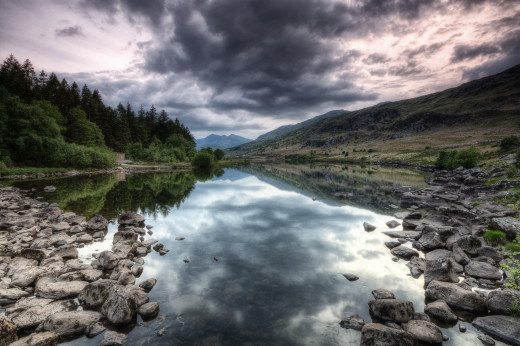
Plan on using any or all of these filters on your next landscape shoot?
Polarizer
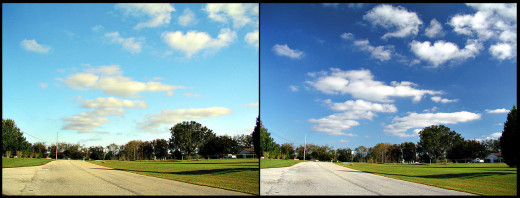
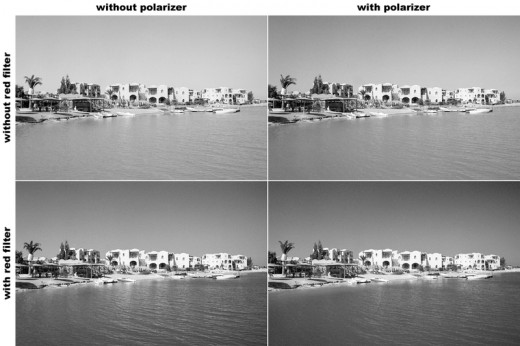
Can you duplicate any of these effects with a digital manipulation program, no you cannot. Not even close.
You can digitally add some reflections but they never look as real as the real thing.
You may make an entire image darker or lighter, you may even make parts of an image lighter or darker, change the contrast and so on, even add some color but the effects are never the same as when you capture the image "live" in the first place .
- Introduction to Filters for DSLRs - Digital Photography School
What filters should I buy for my DSLR lenses? The ‘filter’ question is another of the common ones that I’m asked these days (along side the ‘which lens should I buy’ question. It’s a slightly tricky question because the answer will depend upon the t
© 2015 Luis E Gonzalez



